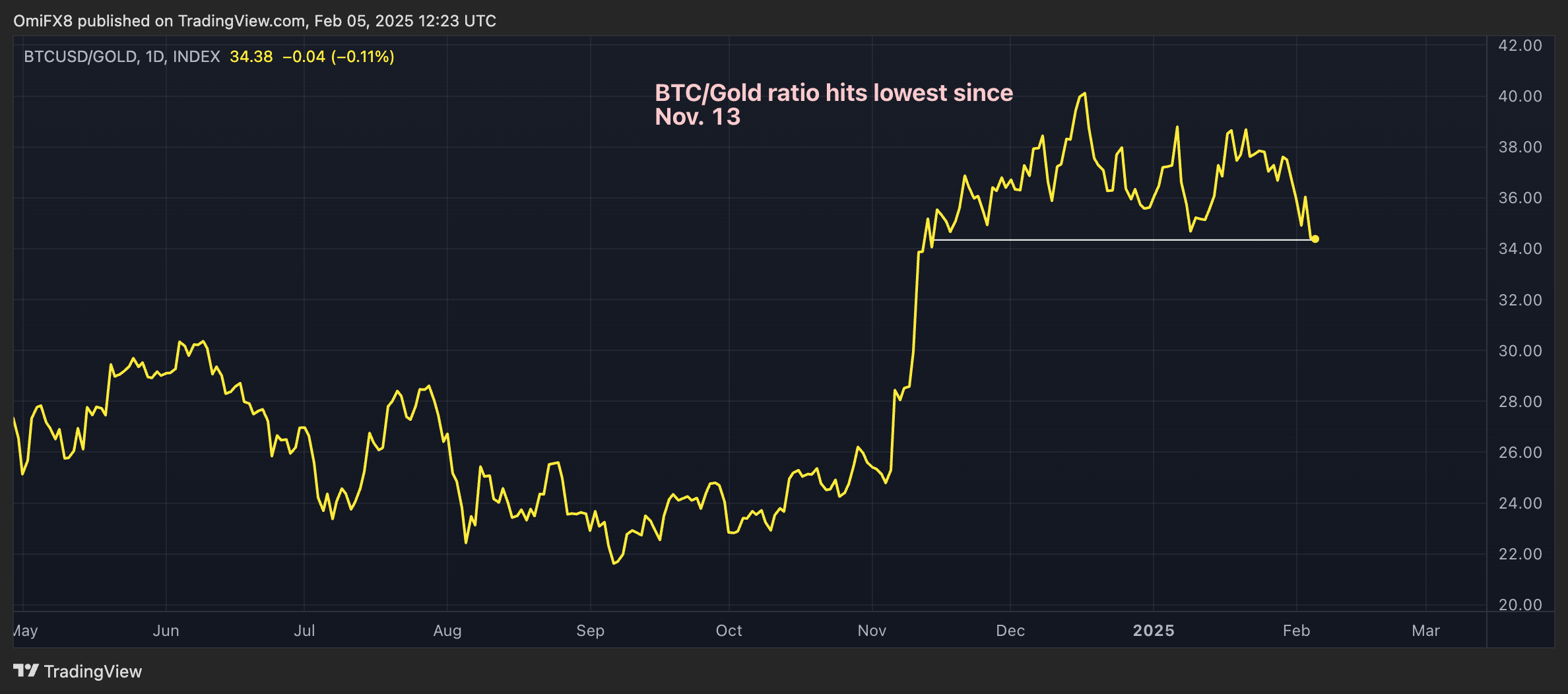
Mark Sutton, an Imperial College London paleontologist, is not a punk.
“I’m more of a folk and country person,” he said.
But when Dr. Sutton pieced together 3-D renderings of a tiny fossil mollusk, he was struck by the spikes that covered its wormlike body. “This is like a classic punk hairstyle, the way it’s sticking up,” he thought. He called the fossil “Punk.” Then he found a similar fossil with downward-tipped spines reminiscent of long, side-swept “emo” bangs. He nicknamed that specimen after the emotional alt-rock genre.
On Wednesday, Dr. Sutton and his colleagues published a paper in the journal Nature formally naming the creatures as the species Punk ferox and Emo vorticaudum. True to their names, these worm-mollusks are behind something of an upset (if not quite “anarchy in the U.K.”) over scientists’ understanding of the origins of one of the biggest groups of animals on Earth.
In terms of sheer number of species, mollusks are second only to arthropods (the group that contains insects, spiders and crustaceans). The better-known half of the mollusk family tree, conchiferans, contains animals like snails, clams and octopuses. “The other half is this weird and wacky group of spiny things,” Dr. Sutton said. Some animals in this branch, the aculiferans, resemble armored marine slugs, while others are “obscure, weird molluscan worms,” he said.
Punk and Emo, the forerunners of today’s worm-mollusks, lived on the dark seafloor amid gardens of sponges, nearly 200 million years before the first dinosaurs emerged on land. Today, their ancient seafloor is a fossil site at the border between England and Wales.
The site is littered with rounded rocky nodules that “look a bit like potatoes,” Dr. Sutton said. “And then you crack them open, and some of them have got these fossils inside. But the thing is, they don’t really look like much at first.”
While the nodules can preserve an entire animal’s body in 3-D, the cross-section that becomes visible when a nodule is cracked open can be difficult to interpret “because you’re not seeing the full anatomy,” Dr. Sutton said.
Paleontologists can use CT scans to see parts of fossils still hidden in rock, essentially taking thousands of X-rays of the fossil and then stitching those X-ray slices together into one digital 3-D image. But in these nodules, the fossilized creatures and the rock surrounding them are too similar in density to be easily differentiated by X-rays. Instead, Dr. Sutton essentially recreated this process of slicing and imaging by hand.
“We grind away a slice at a time, take a photo, repeat at 20-micron intervals or so, and basically destroy but digitize the fossil as we go,” Dr. Sutton said. At the end of the process, the original fossil nodule is “a sad-looking pile of dust,” but the thousands of images, when painstakingly digitally combined, provide a remarkable picture of the fossil animal.
Punk and Emo’s Hot Topic-worthy spikes set them apart from other fossils from the aculiferan branch of the mollusk family. “We don’t know much about aculiferans, and it’s unusual to find out we’ve suddenly got two,” Dr. Sutton said.
Stewart Edie, the curator of fossil bivalves at the Smithsonian National Museum of Natural History, said that Punk and Emo’s bizarre appearances shook up a long-held understanding of how mollusks evolved. Traditionally, scientists thought that the group of mollusks containing snails, clams and cephalopods “saw all of the evolutionary action,” said Dr. Edie, who was not involved with the new discovery. “And the other major group, the aculiferans, were considerably less adventurous.” But Punk and Emo “buck that trend,” he said.
The new alt-rock aculiferans reveal the hidden diversity of their group in the distant past and raise questions about why their descendants make up such a small part of the mollusk class today. “This is really giving us an almost unprecedented window into the sorts of things that were actually around when mollusks were getting going,” Dr. Sutton said. “It’s just this little weird, unexpected, really clear view of what was going on in the early history of one of the most important groups of animals.”







